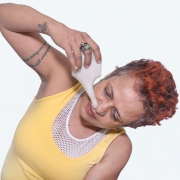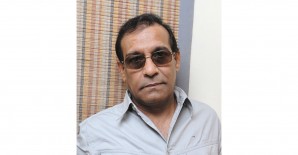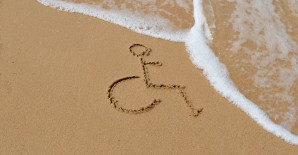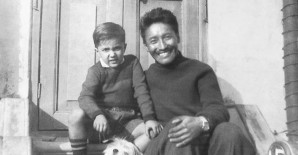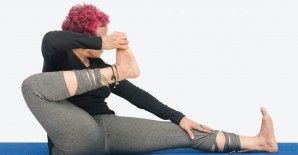
Columns
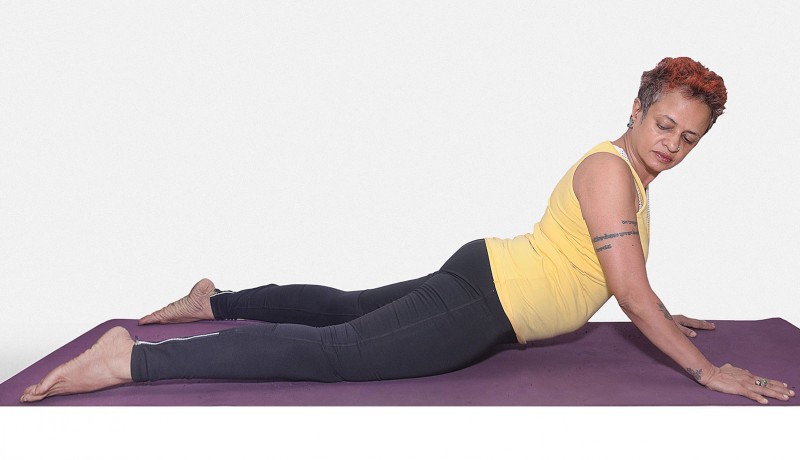
Shameem Akthar shows poses to keep diabetes at bay
Diabetes is among the most common chronic ailments in India. Interestingly, the original biological intent of the body in keeping a high level of sugar in the blood was to prevent it from freezing in extremely cold climates. Somewhere along evolutionary history, this marvellous trick turned into a bane. So, today, a high level of sugar—which the body is unable to process well—is a trigger for a problem that constrains life by limiting your diet and activity and can set the foundation for other chronic problems like heart and circulatory issues, among others.
At a psychosomatic level, healers wonder if diabetes is triggered by a mind that feels that its life is not sweet enough! This can be a distressing idea to assimilate. But it is an idea worth pondering. In yoga, it is believed that many of our problems are induced from the mind. This column examines adult-onset diabetes. Meditation can help us unravel these deep-rooted psychosomatic triggers. As much as diabetes has a dramatic presence—calculated by blood sugar levels—it is often seen as triggered by lifestyle issues, diet and propensity to stress. Leading a life fraught with stress sets off a need for glucose in the blood that is also believed to be causative.
Diabetes is a silent troublemaker. Most people believe it can be tackled only with medication. But it is essential to overhaul your life to introduce changes that will eventually even help you control the dosage levels of your medicine. These include a daily exercise regimen, even a short brisk walk. Dietary restrictions, on the advice of an expert nutritionist, must be rigorously followed. And, most important, a regular practice of yoga asana and pranayama must be started.
No pose is contraindicated as such even though, physiologically, diabetes makes the body very stiff. However, owing to the stiffness, a gentle programme should be initiated; this can be subsequently tweaked to make the practice playful and rejuvenating. The practice may be gentle or vigorous, depending on the inclination of the practitioner. But some practices must be included such as alternate nostril breathing (anulom vilom); skull-breathing (kapalabhati); inverted psychic union pose (viparitakarani mudra); fish pose (matsyasana); seated forward bend (paschimottanasana); cobra pose (bhujangasana); and half-spinal twist (ardhamatsyendrasana).
One of the main factors in your asana selection for diabetes should be that it applies pressure on the abdomen in a positive way—because it acts like a massage of the pancreas, the main gland affected by diabetes. Equally, choose poses that are most likely to be forward bends as they are powerful de-stressors.
YOGIC MOVES
Twisting cobra pose (trikaya bhujangasana)
This pose combines a twist as well as abdominal pressure—two crucial movements and pressure points required to control diabetes. Lie on your stomach. Keep feet apart, toes tucked in, palms under shoulders. Inhale; raise chest up. Exhale; twist to the right side, looking over your shoulder to the left foot. Inhale; return your gaze back to the centre. Exhale; relax your chin/forehead back to the ground. Inhale; raise chest up. Exhaling, look over your left shoulder at the right foot. Inhale; return to centre. Exhale; relax back. This is one round. You may do up to three initially, and build up stamina to five rounds over a few months. Benefits: This pose works on the pressure points at the pancreas and soothes the kidneys, which are also adversely affected by diabetes. It tones the urogenital system, which can adversely affect our moods when in trouble. It balances metabolism; boosts digestion; tones the whole spine; and builds physical stamina.
KNOW YOUR KRIYA
Jal neti
This is one of the most important kriya or cleansing practices that must be done in practically all chronic ailments. It appears to intimidate a lot of people but is rather simple. That said, it must ideally be learnt only from an expert. Saline water is taken in a jal neti pot, which has a spout to facilitate the process. This water is passed through either nostril and comes out of the opposite one. It is said to clear the sinuses in the skull. But its impact is more subtle. As it touches upon sensitive nerves that hold tension in our faces, it removes stress at a very deep level. It is said to keep the face young and eyes clear, and boost respiratory capacity.
The proportion of the water to salt is crucial—one teaspoonful is sufficient for a litre of water. The temperature of the water should be lukewarm. One pot for each nostril is sufficient. This kriya may be done twice daily. But keep some factors in mind: You must not lie down immediately after doing this, because some of the water might run back into the respiratory tract. Also, for this reason, inversions must not be practised immediately after it. It is ideal before pranayama. After doing it, vigorous breathing—like bellows breathing (bhastrika) or kapalabhati—must be done to blow off any leftover moisture in the nostrils. Though it is good to do this kriya to prevent respiratory problems, beginners must not start off on it when having an infection.
Shameem Akthar is a Mumbai-based yoga acharya. If you have any queries for her, mail us or email at contact.us@harmonyindia.org. (Please consult your physician before following the advice given here)
Photos: Haresh Patel Featured in Harmony — Celebrate Age Magazine January 2018
you may also like to read
-
Mental workout
Mukul Sharma tells you how to keep those grey cells ticking Everyone will ultimately lose his or her brain….
-
Helpline
Dr Harshbir Rana answers your queries on personal and social issues related to ageing, elder care and intergenerational relationships ….
-
Off the cuff
Raju Mukherji pays tribute to his first hero, Tenzing Norgay, an exemplary mountaineer Darjeeling, 1955. Dr ‘Pahari’ Guha Mazumdar….
-
Yoga RX
Shameem Akthar shows ways to control debilitating ankle pain through regular practice Ankle pain is so common and prevalent….



